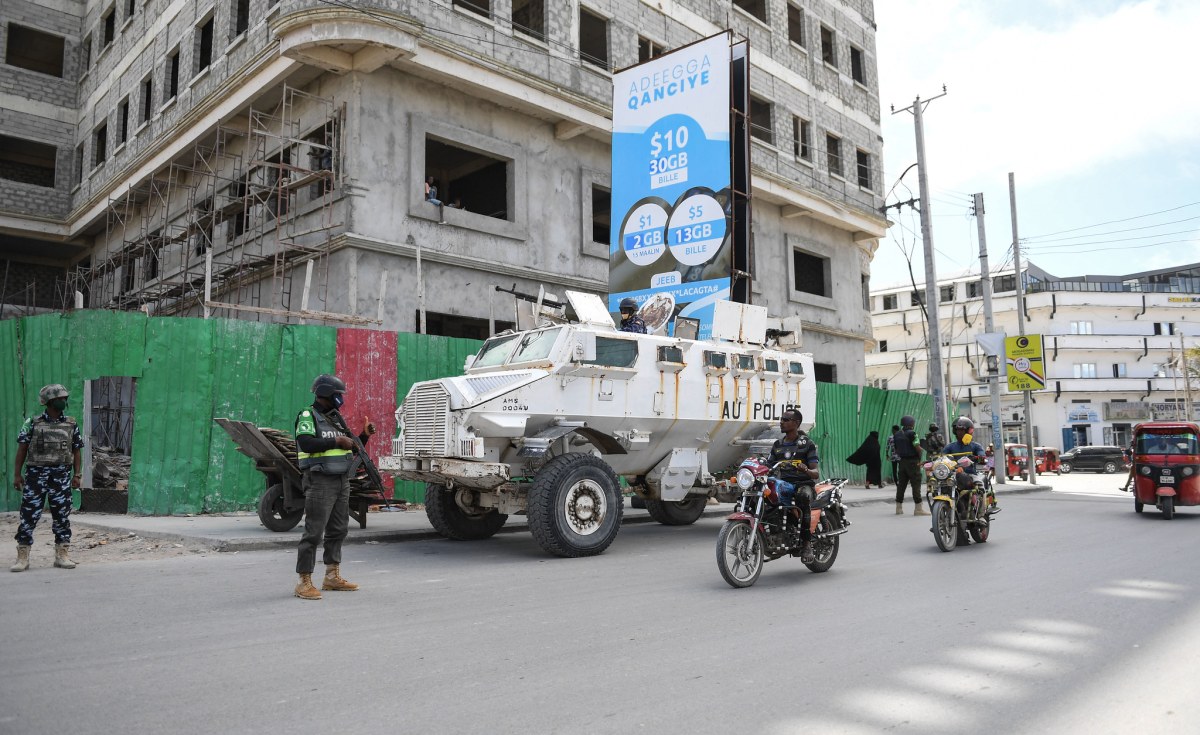The Lamu Port-Southern Sudan-Ethiopia Transport – or Lapsset – corridor is the flagship project of Kenya’s Vision 2030 development agenda. Inaugurated in 2012, the planned corridor includes a railway, highways and an oil pipeline connecting newly discovered oil fields in the north to a new port in Lamu, north of Mombasa.
Projects like this are often understood in the context of a new “infrastructure boom”, fundamental for “Africa’s future”. But infrastructure in Africa has a long history. As a contribution to the “long view” on infrastructure in Kenya, I recently compared the Lapsset corridor with the Uganda Railway, a colonial project completed in 1901. I focused on different and often competing visions and imagined futures.
The official promises made about Lapsset are ambitious: “Infinite possibilities. Endless opportunities” pledges the website, as well as a “seamless connected Africa”. But when I listened to people living in the vicinity of the corridor’s planned route – mostly Samburu, Pokot and Turkana pastoralists – a more complicated picture emerged. “Lapsset will bring the new world,” one interviewee told me. But another said: “It is actually a monster!”
My analysis shows how people who will be affected by projects such as the Lapsset corridor have to navigate a highly uncertain future. For many, colonial infrastructure projects of the past provide a frame of reference for their hopes and anxieties. Infrastructure projects are an enticing promise of a better future – but they can also evoke a violent colonial past.
Both the Uganda Railway and the Lapsset corridor aimed to mobilise capital – to get it moving – while keeping local people “in their place”. But people are also aware that many things have changed since colonial times and the new corridor might actually deliver on its promises.
One of the people I spoke to was Rashid, a poet living in a small town called Oldonyiro. He summarised the ambivalence in a poem he had written about the corridor, titled “Tunu Lenye Utata” in Kiswahili or “Tricky Treasure” in English. He recognised the promise of the corridor – “Lapsset is the future!” Yet he also saw a connection between the new corridor and the colonial era – “history repeats itself”, he writes.
History repeats itself
What history is Rashid alluding to in his poem? The history of colonial violence in Africa is interwoven with infrastructure projects, along which imperial power could be projected.
The Kenya Uganda Railway, which linked the Indian Ocean port of Mombasa with the Lake Victoria port of Kisumu, was one of these projects. Colonists saw the railway as a necessary precondition for all of Britain’s colonial projects in the region. The line was completed in 1901, and functions as a blueprint for contemporary infrastructure projects. For example, the Standard Gauge Railway, which is not part of the Lapsset corridor, follows its lines quite literally, running approximately on the same route.
To Rashid, both the Lapsset and colonial infrastructure projects are lines of extraction, primarily meant to exploit the land and its people for the benefit of outside powers. In a conversation about his poem he said:
What came to mind after reading the history of my country, I said: ‘This is the second colony’; I said, ‘Okay, this is a plan: the resources that the British left in our country are still flowing and this second time it will be very dangerous.
At the same time, Rashid recognised the promise of the Lapsset corridor. After all, it could bring a better life to a region of Kenya that had long been neglected. He admitted the corridor might have many positive effects: “When you enter the hotel, you just charge your phone there!”, he suggested. His poem’s title itself, “Tricky Treasure”, shows that he saw infrastructure projects as two things at the same time: a promise of a better future and an impending re-enactment of a violent colonial past. His question – “who would I trust?” – remains unanswered:
My faith is loosening, who would I trust? My great grandfathers suffered greatly,Is it my turn to face and test the worst?I wonder, a tricky treasure!
Ruins of empire
The ambiguity expressed in Rashid’s poem and many other interviews also speaks to a central concern of postcolonial infrastructure studies: how are former colonies such as Kenya still influenced by their colonial past?
On the one hand, framing Kenya’s development agenda as a mere repeat of imperial practice would be to disregard African agency. On the other hand, the many similarities between colonial and postcolonial developmental practices cannot be overlooked.
My aim is not to resolve this ambiguity, but rather to find concepts that help to understand it. The anthropologist Ann Laura Stoler has introduced a term that’s helpful in this context: “Ruins of Empire”. In my research, I investigate how the ruins of empire are durable but do not determine the present; how they are persistent but never entirely permanent. I understand the ruins of empire both as a metaphor for the enduring effects of colonial violence, as well as a literal description of the material remains left over from the colonial period.
In a Lapsset promotional video, the reconstruction of the ruins of empire is seen as positive:
And just as the transport sector – the old railway over a hundred years ago – opened up Kenya’s only development corridor that has been the anchor of Kenya’s development, the new oil and gas industry represents our opportunity to open up Northern Kenya for expansion and development.
The common factor, or so the claim goes, is a commitment to the “development” of Kenya – a term that is repeated three times in a single sentence. The oil pipeline of the Lapsset corridor is portrayed as continuing a trend towards the “opening up” of hitherto underdeveloped areas.
The connection between infrastructure and ideas of development, progress and modernity, as well as imperial power, is well established in the literature. Infrastructure functioned as a symbol and material embodiment of modernity, and as a way to control people. Armies, police forces and government officials all need roads or railways to travel on, after all.
The ruins of empire, in Rashid’s perspective, are haunted by the ghosts of past violence and great suffering, but also by the promises of a bright future. The Lapsset project is a Tunu Lenye Utata in this sense – a tricky treasure.
Theo Aalders, Post-doctoral Fellow, Department of Geography, University of Bonn





















Discussion about this post